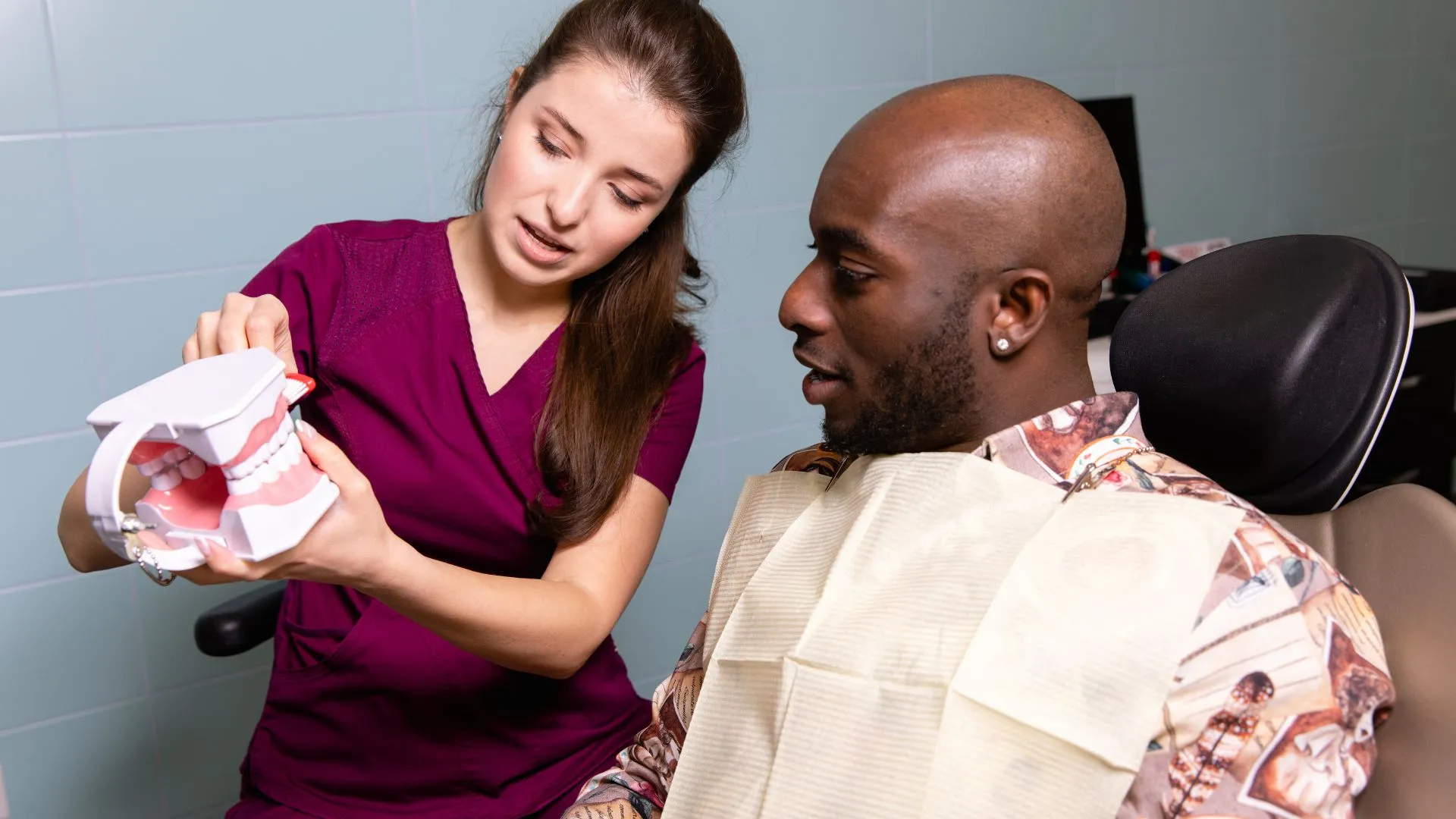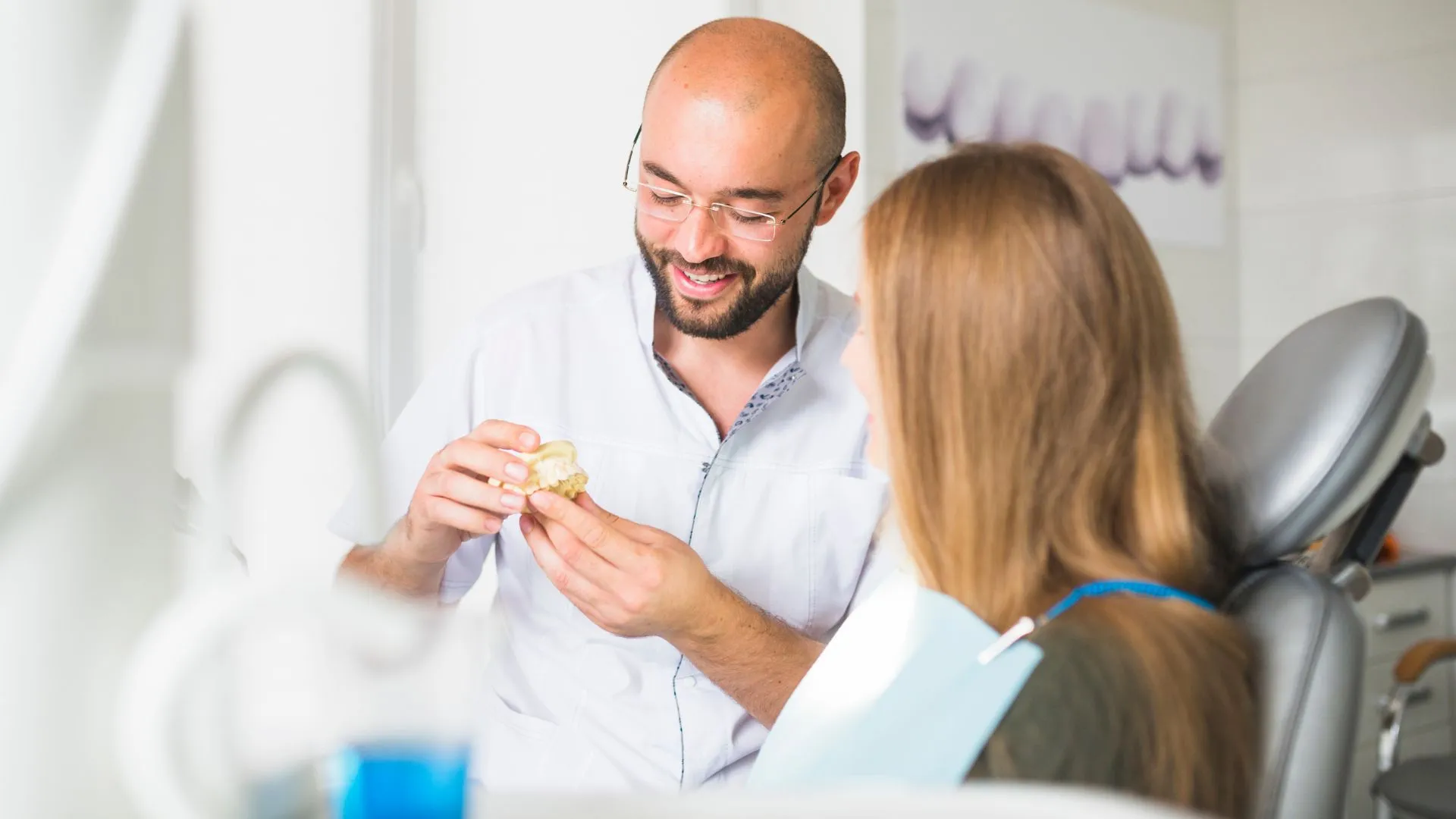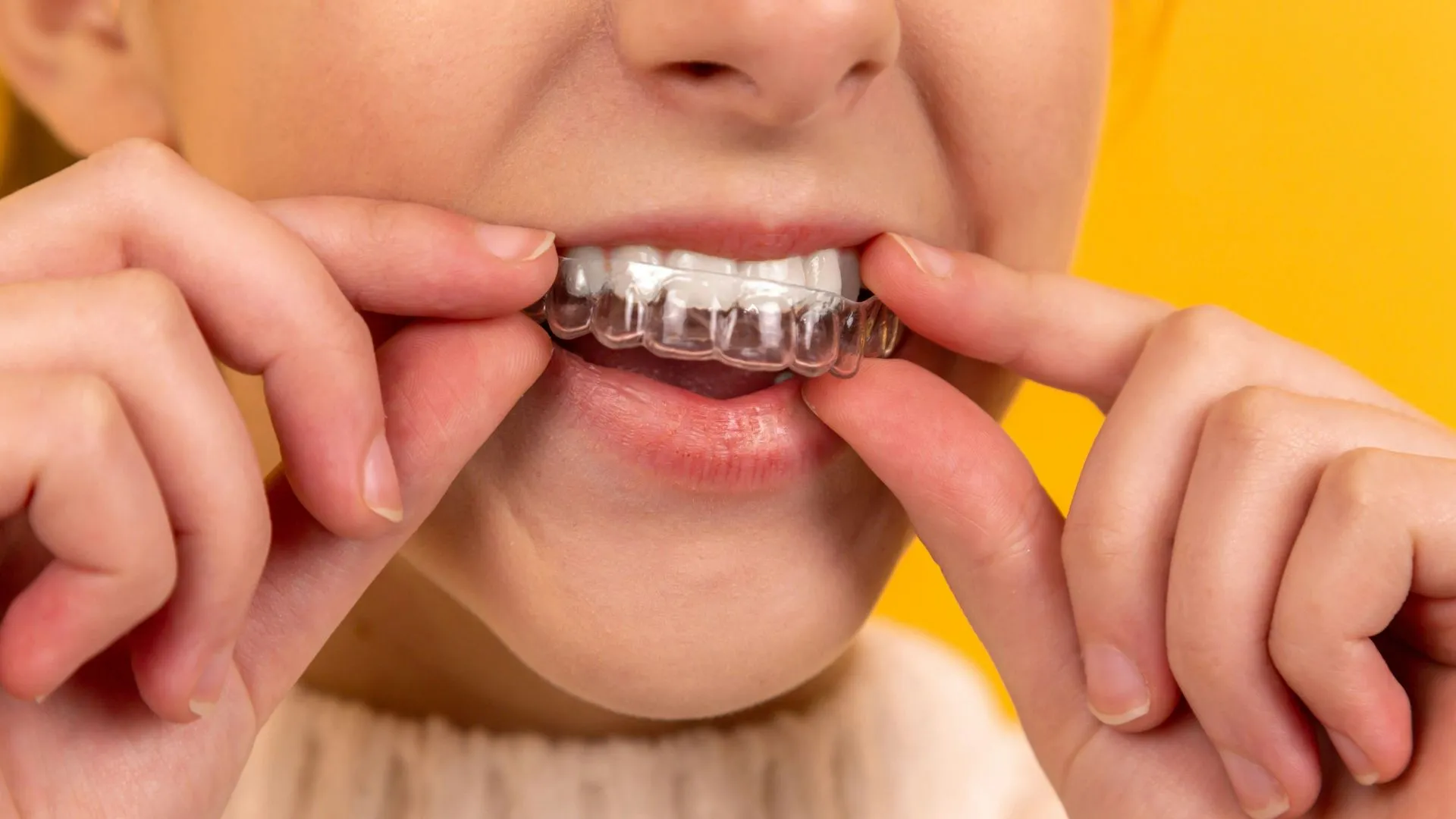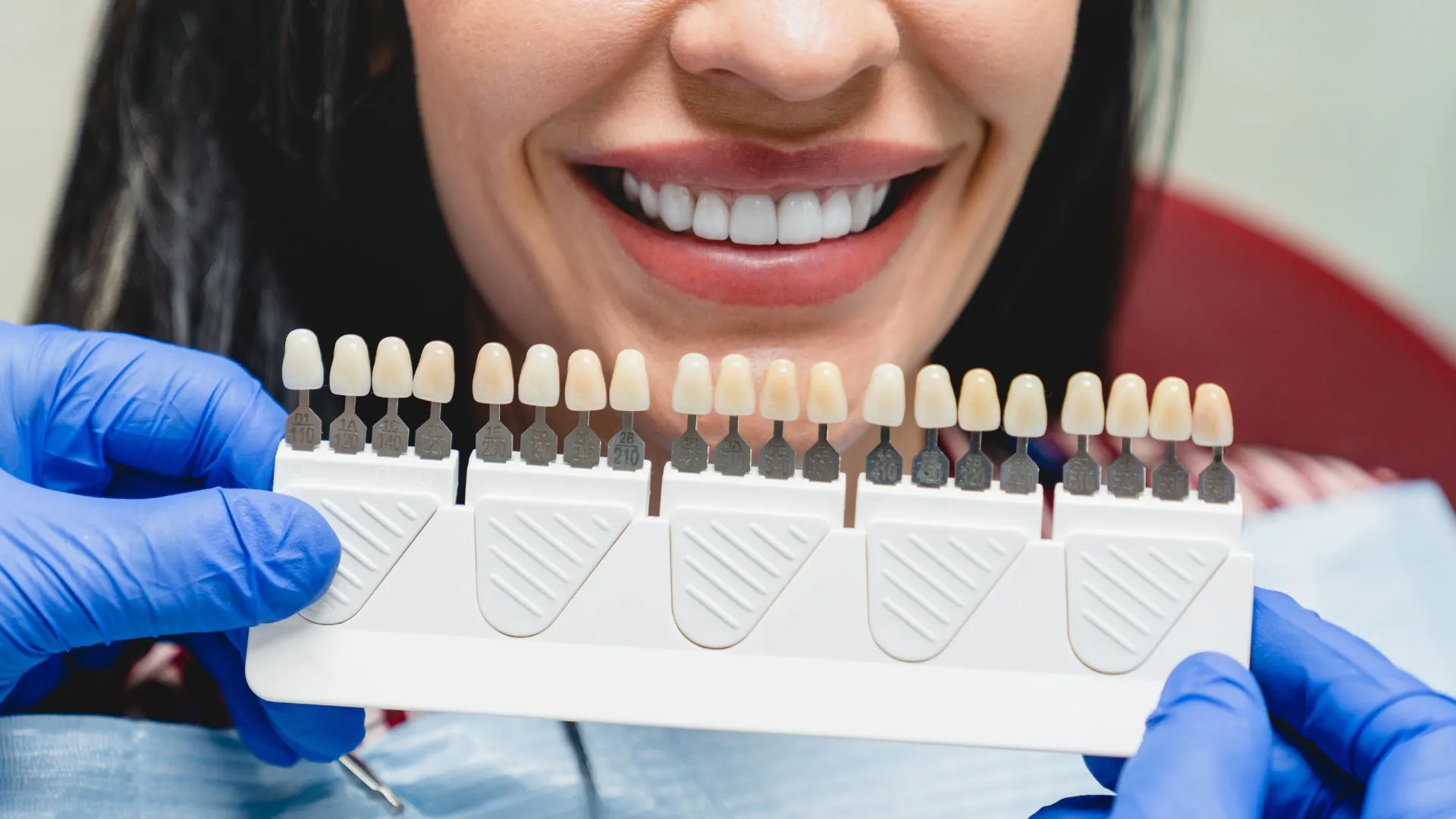Do Patients Actually Realize How Serious Gum Disease Is? How to Improve Dentist-Patient Communication
Do Patients Actually Realize How Serious Gum Disease Is? How to Improve Dentist-Patient Communication
There’s a lot you can do to improve your dentistry practice. From building a solid web presence to professional development and specialization, there are a lot of categories to focus on. However, improving communication with patients is vital for any office that wants to survive.
One way to actually improve this communication is to strip yourself of any assumptions and consider how patients view routine cleanings. If you focus heavily on one aspect of treatment–like checking for cavities–patients may put on blinders and not even consider other oral issues or other services. One area patients often struggle with is regular flossing to stave off gingivitis.
And arguably, the general public doesn’t seem too concerned with gingivitis, or other gum issues for that matter. New York hygienist Ayla Dervisevic has an idea of why this may be the case:
You, the gatekeeper: Overcoming barriers to diagnosing periodontitis
To take a moment and identify that, as dental hygienists, we are a profession of some of the hardest-working and sometimes undervalued segment of the health-care field is appropriate. I know the struggle is real and want to make clear that there is real skill in employing tact when your patient wants to talk about her divorce. . .
We are the gatekeepers. I’ve heard that phrase many times from different consulting firms. They use it to encourage an increase in periodontal disease diagnosis to increase revenue. I’m all for my boss keeping the doors open and still having a job, but we do this work because we want to help people.
Thirteen years into my dental hygiene career and three periodontal practices later, I am still surprised how people will ignore an issue like periodontal disease. If you were bleeding from anywhere else in your body for 10 or more years, would you not do anything to stop it? There is a perceived “mouth-body” disconnect in the general population, and most will not set foot in our periodontal practice without a healthy nudge from their general dentist.
In all of my years practicing, I have had many different general dentists tell me what periodontal disease is or is not, as if I was not trained to diagnose it myself. I had one even tell me that he doesn’t “believe” that periodontal disease has a disease process. He thought some people just get it and others do not.
Sounded to me like someone wasn’t having any success treating it and didn’t know what else to do. At that point I thought to myself, “How many hygienists are trying to diagnose inflammation, gingivitis, and trying to treatment plan with this kind of a barrier?”
While some professionals may want to cushion their bottom-line, Dervisevic’s sentiments are quite harsh and overly-generalized. And she undercuts her own opinion by illustrating the real issue: patients often won’t seek out other services without a dentist’s blessing. Ideally, patients would be more proactive about their health, but they may always defer to their dentist’s opinion.
These assumptions–patients waiting for referrals and dentists believing patients will seek out deep dental cleanings on their own–can create a gap in communication. You obviously don’t have to treat your patient like he or she is dumb, but you can be clear about how important gum health is and provide solutions upfront. For instance, a patient may assume that a ‘deep dental cleaning’ means coming in more than once a year for a ‘routine cleaning.’ The patient may have no idea that root planing and scaling are required, or they may not know about adjunct services, like pocket irrigation.
One way to be more convincing with patients is to highlight how gum disease can affect whole-body health. For instance, the Dental Tribune says a new publication has a plethora of information that you can relay to your patients:
‘The Future of Oral Health’ explores impact of oral disease on whole body
The impact of oral disease on whole-body health and the changes to the practice of dentistry worldwide are the subjects of “The Future of Oral Heath,” a new publication produced by Scientific American Custom Media, in collaboration with Colgate-Palmolive Company. . .
The publication explores science, policy and new delivery models to better understand the current and future state of the multifaceted oral health field. Within the issue are updates on:
- The oral health of a growing elderly population; global health issue of caries and periodontal diseases and the latest industry developments helping to improve access and cost-of-care in these areas.
- The state of the science linking oral health and other areas of medicine and changes in the relationships between the dental and medical communities as they slowly de-silo and integrate to deliver better care and greater access for patients.
- New tools being employed in diagnostics, biotechnology, and digital health that are advancing care, along with a special look at how dentistry and oral health will be managed in the future.
- Philosophies and technologies that have fueled industry changes and ways in which global demographics are mandating more accommodating, on-demand approaches to dentistry that reduce cost and bring care to hard-to-reach populations.
“We are thrilled to be working with Colgate to bring these important issues to an international audience,” Abbate said, in a press release. “Examining oral health through the lens of global health, access to care, and future technology is a relevant conversation, not just for dentistry, but for the larger allied health space.”
As you can see, reading these kinds of publications can greatly contribute to your professional development. However, professional development doesn’t just include hands-on applications and technologies, it can include better communication. Once you read these kinds of publications, the goal is to make these ideas accessible to the layperson.



